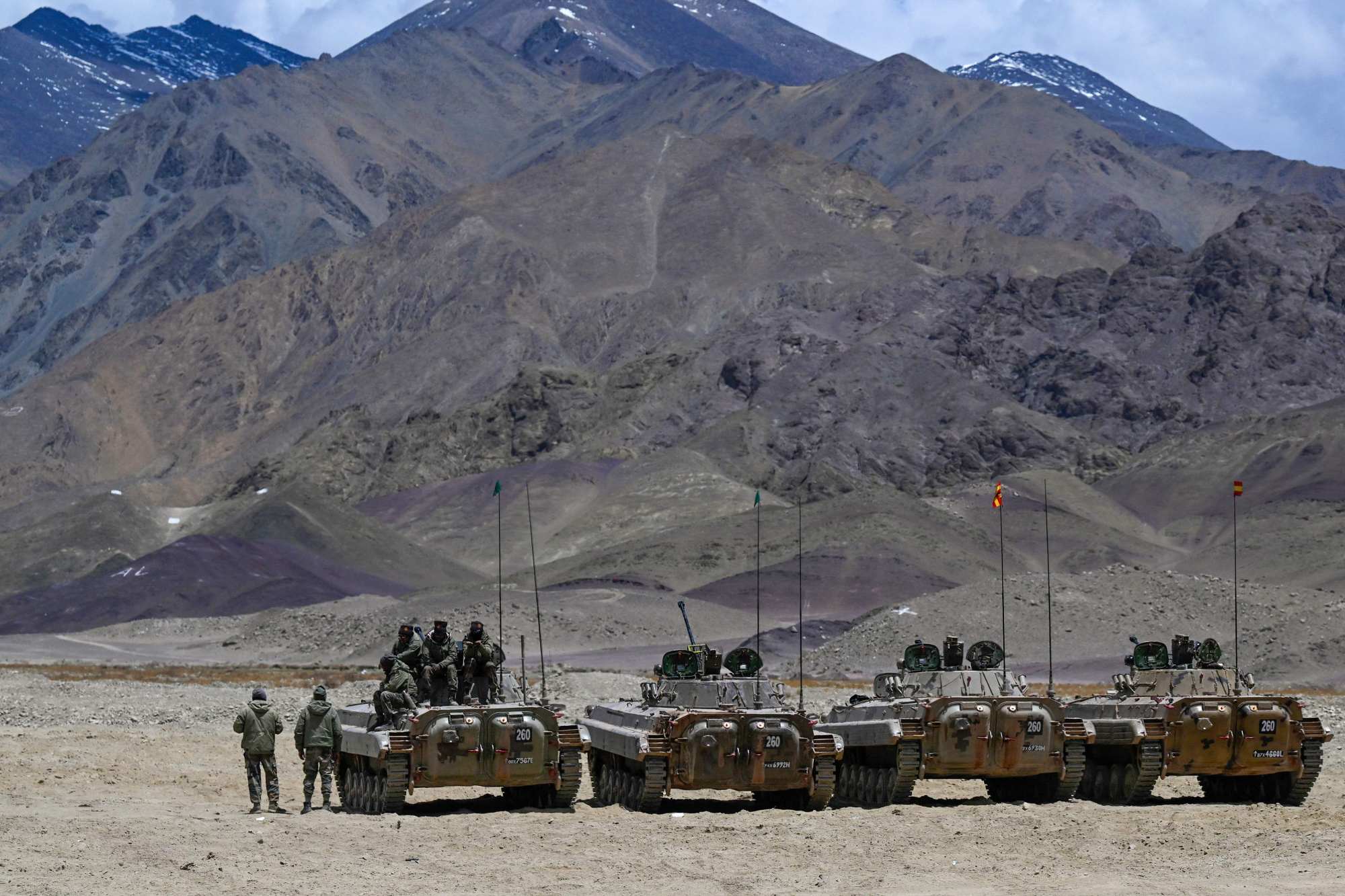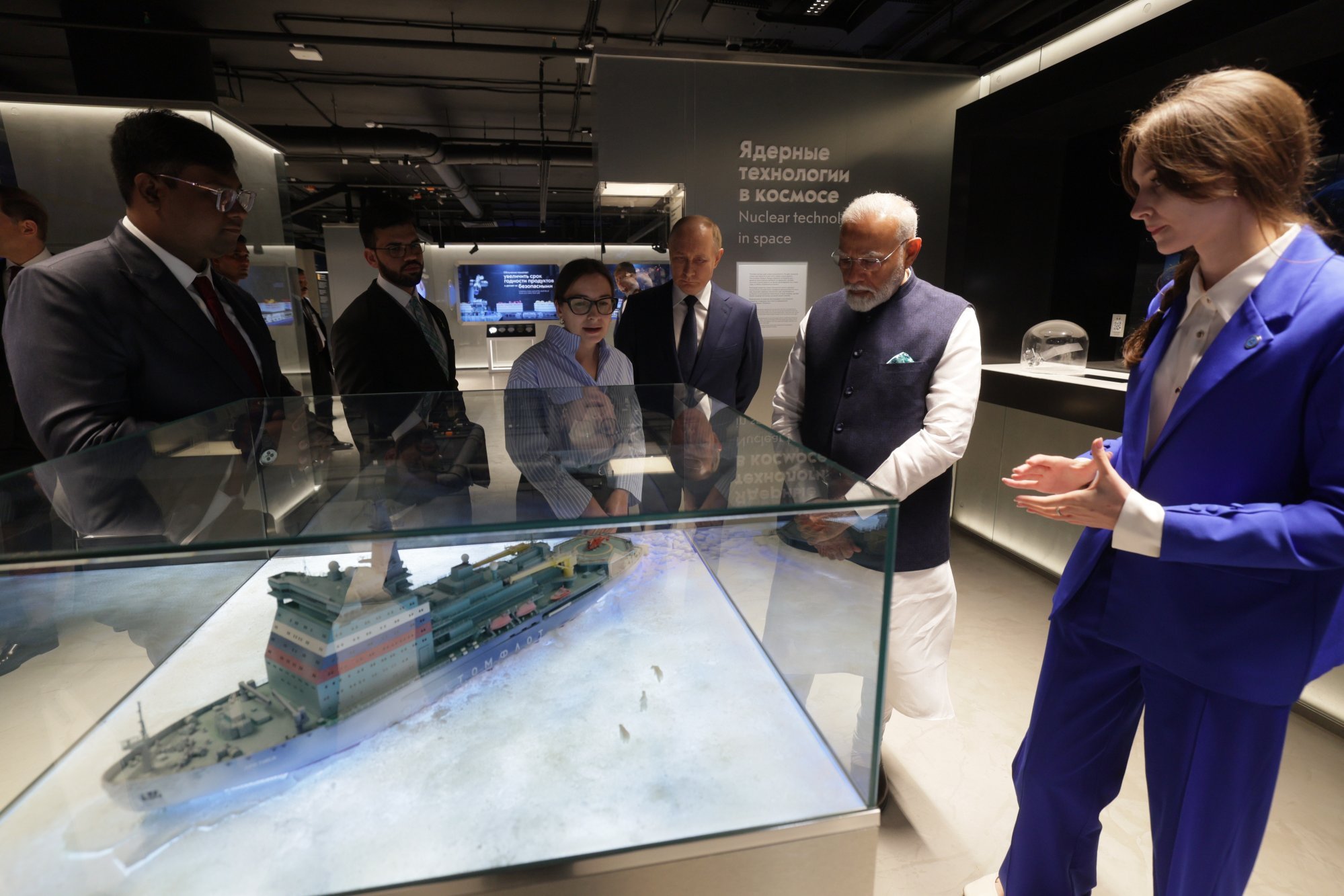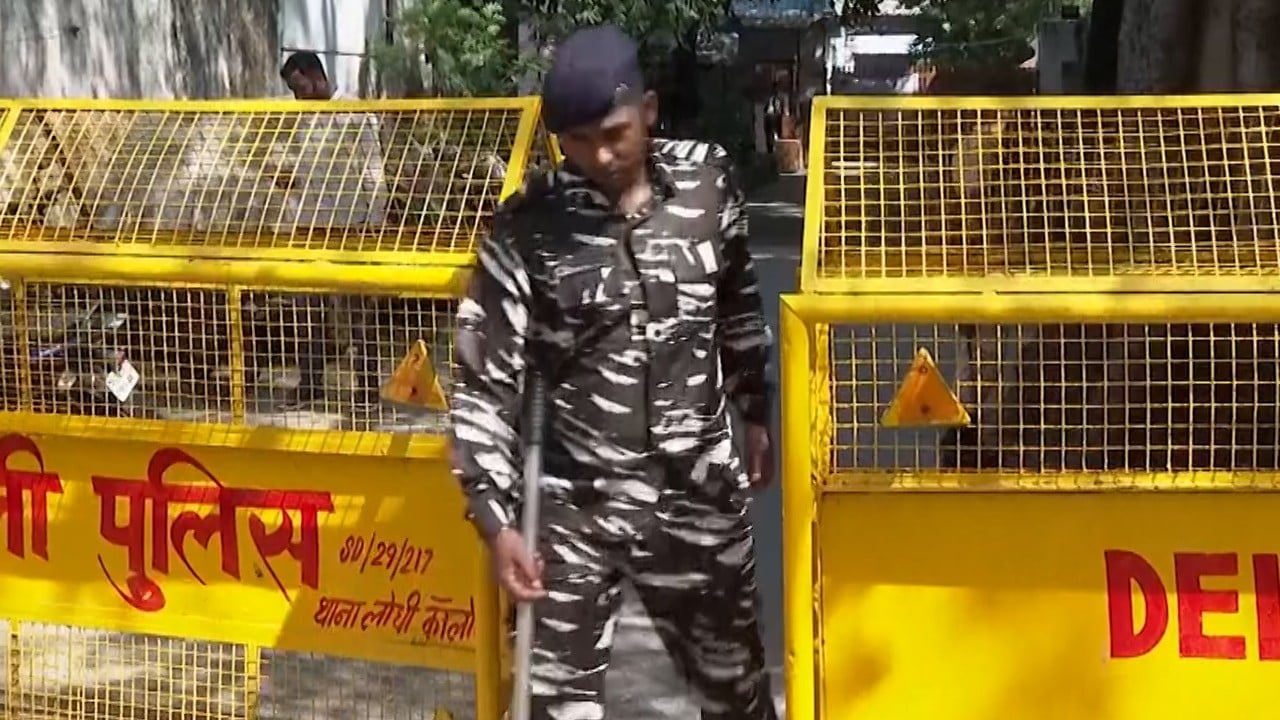Modi’s Russia visit part of India strategy to boost security amid China tensions: analysts
Indian analysts say such comments fail to recognise that Delhi has for decades been dependent on Russian arms and equipment and therefore wants to ensure that Moscow’s growing tilt towards China does not compromise its own security.
“This idea that India will continue to engage with Russia is for very valid reasons. It has to stand up to China at its borders and it does need Russian support for that,” said Harsh Pant, an international relations professor at King’s College London.

Relations between Delhi and Beijing have remained strained ever since their troops clashed on their Himalayan border in 2020.
More than half of India’s weapons and defence equipment are of Russian origin, though in recent years it has started leaning more on the West. Russia’s growing ties with China at the same time have emerged as a source of worry for Delhi.
Western analysts have underscored the ties between Beijing and Moscow to caution Delhi about the dangers of courting Russian leader Vladimir Putin, with US State Department spokesman Matthew Miller saying Washington had made its “concerns about India’s relationship with Russia” quite clear to the Indian government.
Despite Modi’s Russia engagement, Pant noted that “we have not seen a breakdown of relations with the West”.
China and Russia’s naval forces on Sunday kicked off a joint exercise at a military port in southern China, official news agency Xinhua reported.
The exercise, expected to last until mid-July, is aimed at demonstrating the navies’ capabilities in addressing security threats, and preserving global and regional stability, according to state broadcaster CCTV on Saturday.
“A lot of what Modi was doing in Russia had to do with China rather than the West. The relation between China and Russia is a concern [for India], and that concern is likely to grow,” Pant said.
The analyst noted how India’s position did not favour isolation of the country, instead preferring to give Russia “some space to manoeuvre”.
By engaging with Moscow, Delhi also delayed the country’s slide towards China, he said, adding that “India has to manage a lot of different angles”.

Modi broke convention by prioritising his Russia trip instead of visiting neighbouring countries in South Asia after he won a third term as India’s prime minister last month.
Besides arms and equipment, India has become a major buyer of Russian oil since other countries placed embargoes on the commodity following Moscow’s invasion of Ukraine.
“Russia is in a very vulnerable position. It is fighting a war and its reliance on China is only going to grow. It’s a nightmare for India,” Pant said.
Other experts said the West’s prompts about India’s security were not the best way to safeguard its interests in the region.
“India should not allow itself to be played as a countervailing power to China. If Russia and China come together, it’s not at the cost of India. China and India do not have a conflict in the South China Sea,” said Pushpesh Pant, former dean of the School of International Studies at Delhi’s Jawaharlal Nehru University.
“China and India may remain rivals and adversaries and have anxieties, but America has no business to exploit that,” he said. “As far as India’s foreign policy is concerned, I believe he would have the backing of the entire nation.”
Tightrope walk
“The NSAs agreed to work closely to further advance India-US relations, which are built on shared values and common strategic and security interests,” it said.
India and the US – alongside Australia and Japan – form the Quad diplomatic network, which aims to work for a peaceful and stable Indo-Pacific region.
“They reiterated the need to work collectively to address global challenges to peace and security and further expand the Comprehensive Global Strategic Partnership,” the statement added.
The Quad is expected to hold naval exercises in October in India’s eastern seaboard in the Bay of Bengal region that are reportedly aimed at increasing military interoperability between the four countries.
